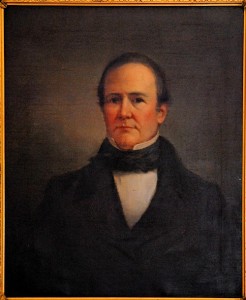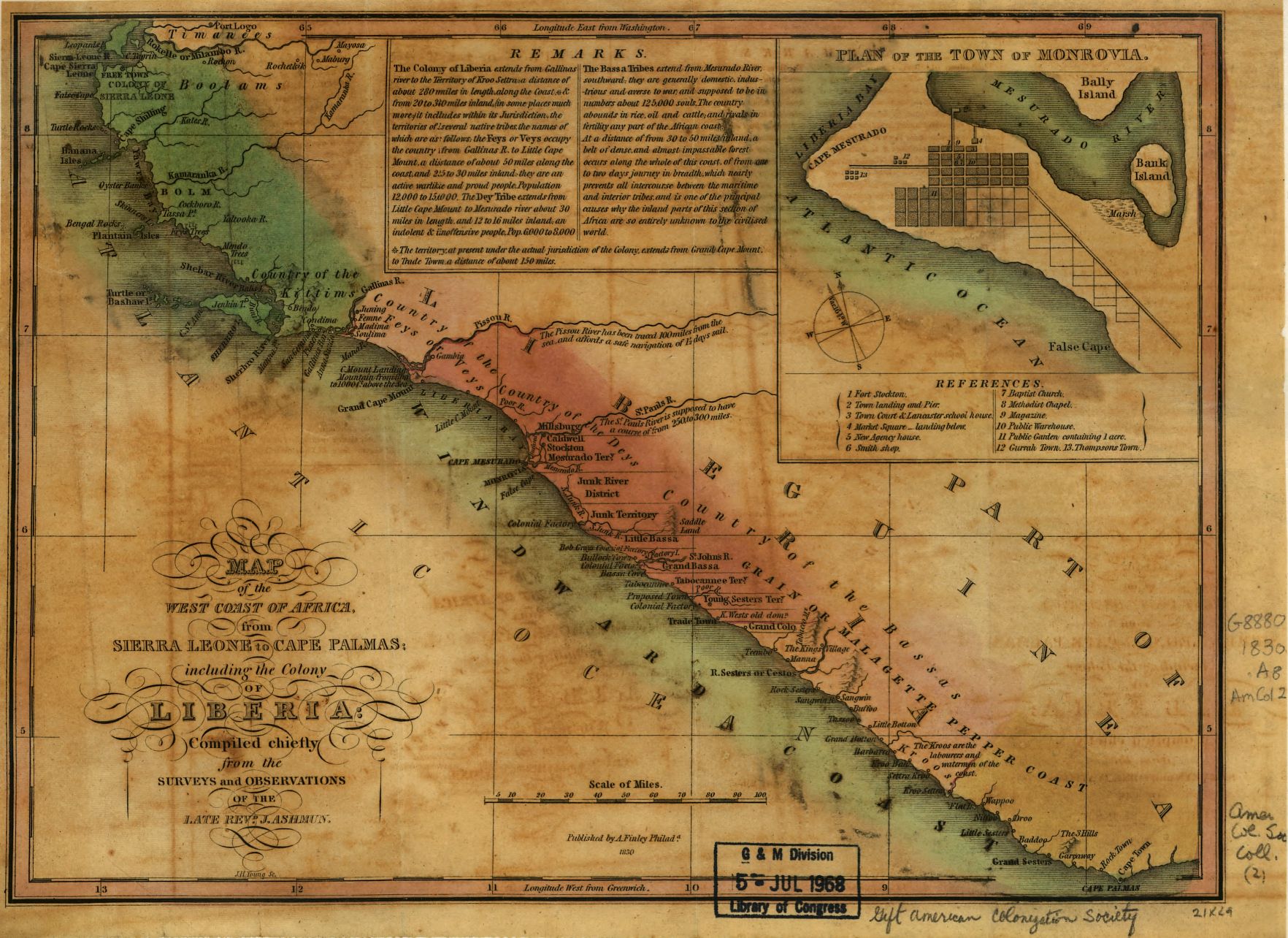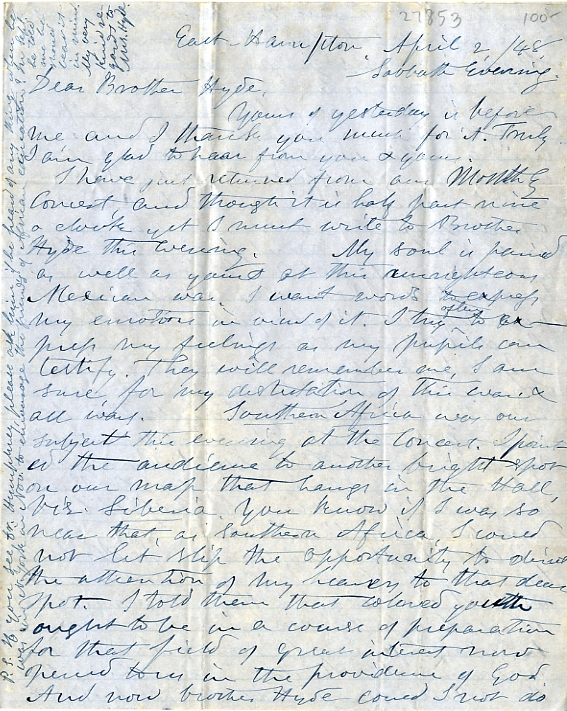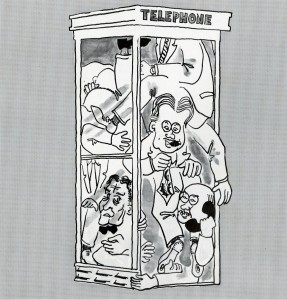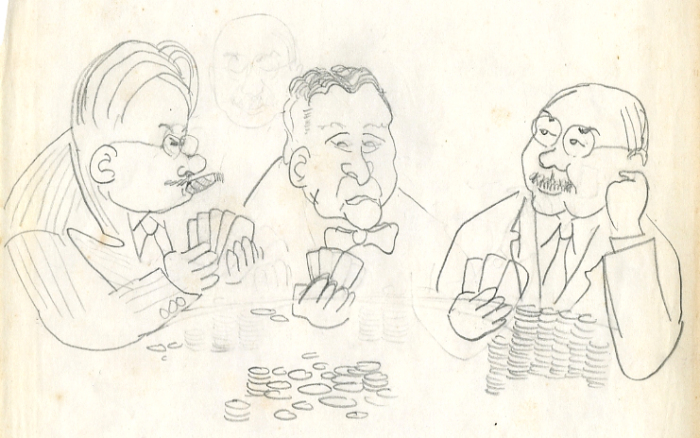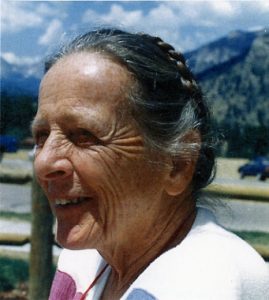 “First Lady of Williston” Sarah Stevens left us on February 9, aged 99 (read her obituary here). At a memorial service in the Williston Chapel on Saturday, August 13, Ellis Baker delivered the following remarks. Mr. Baker graduated Williston Academy in 1951, returned to teach English, 1957-1961 and 1966-2000, and was Director of the Williston Theatre.
“First Lady of Williston” Sarah Stevens left us on February 9, aged 99 (read her obituary here). At a memorial service in the Williston Chapel on Saturday, August 13, Ellis Baker delivered the following remarks. Mr. Baker graduated Williston Academy in 1951, returned to teach English, 1957-1961 and 1966-2000, and was Director of the Williston Theatre.
Talking about Phil and Sarah Stevens separately is impossible … at least for me, since I knew them both from the time they arrived at Williston in 1949, Phil as Headmaster and I as an upper middler (11th grader), both new kids on the block . Actually, I had been there earlier, too, from age 10 in grade 6 in 1944 through grade 8 in 1947, through the end of the war years, in the Williston Junior School. And the distinguished Galbraith Years were soon to end. The end of an era. The beginning of another.
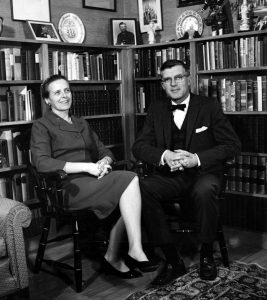
Phil Stevens had been hired to reconstitute Sam Williston’s school physically, to remove it from its once elegant but deteriorating 100-year-old downtown campus to the half finished “new campus” out Park Street where Samuel Williston’s farm and Homestead had been—and where in the 1920’s and 30’s Ford Hall and the “new gym” had been built before the Depression and World War II years. The problem now was: Phil had to move the school with precious few remaining funds, especially owing to Samuel’s ill-advised late-in-life bad business decisions in the 1870s, to which Emily Williston had objected to no avail and which ultimately had sapped the funds meant to endow Sam’s school. Sam had gone ahead without her approval, which he had never done before, she being the one with an uncanny head for business. He lost nearly everything. Until then, they had been the perfect team, and history has spoken of Sam and Emily in one breath.
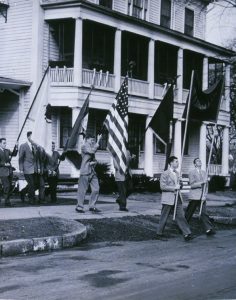
For Phil and Sarah, the new 100-years-later team, the going was tough, but they had wasted no time, and at the end of their first year in 1950, we had a ceremonial celebratory parade through town carrying beds and desks and chairs and suitcases and bureaus to the modernistic new square brick edifice along Payson Avenue to be known as Memorial Dormitory, as yet surrounded by a sea of mud and construction debris. A dreary beginning, but it was the best Phil could do with too little money … certainly a stylistic departure from the Classical and Georgian … but that’s what you get when the money annually runs dry. You learn to get by. For classrooms and a library and labs and offices, even a chapel, Phil had renovated three 19th century factory buildings languishing at the edge of the campus by the railroad tracks. They would have to do. Given that Sam’s original button factory still stood a block and a half away, this 19th century factory connection seemed not inappropriate for this school “founded on a button.” Continue reading


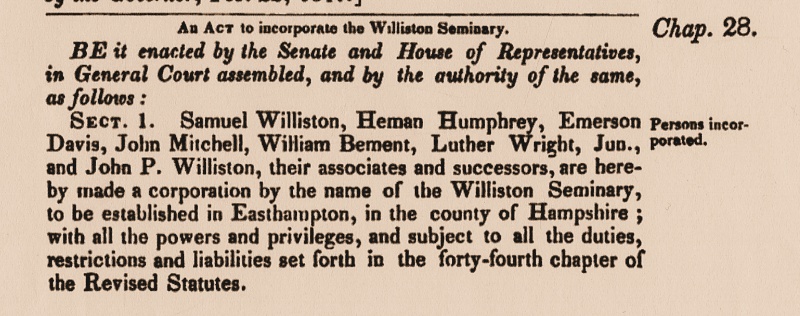

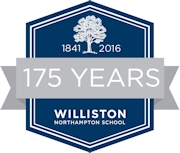 Samuel Williston, like Governor Davis, was an influential member of the Whig Party — and Williston, perhaps conveniently, was a month into his only term as Easthampton’s Representative. Of the other incorporators, Heman Humphrey was President of Amherst College; Emerson Davis, Minister of the First Congregational Church in Westfield, Mass., John Mitchell, Pastor of the Edwards Church, Northampton; William Bement, Pastor of the Easthampton Congregational Church. Luther Wright (see
Samuel Williston, like Governor Davis, was an influential member of the Whig Party — and Williston, perhaps conveniently, was a month into his only term as Easthampton’s Representative. Of the other incorporators, Heman Humphrey was President of Amherst College; Emerson Davis, Minister of the First Congregational Church in Westfield, Mass., John Mitchell, Pastor of the Edwards Church, Northampton; William Bement, Pastor of the Easthampton Congregational Church. Luther Wright (see 